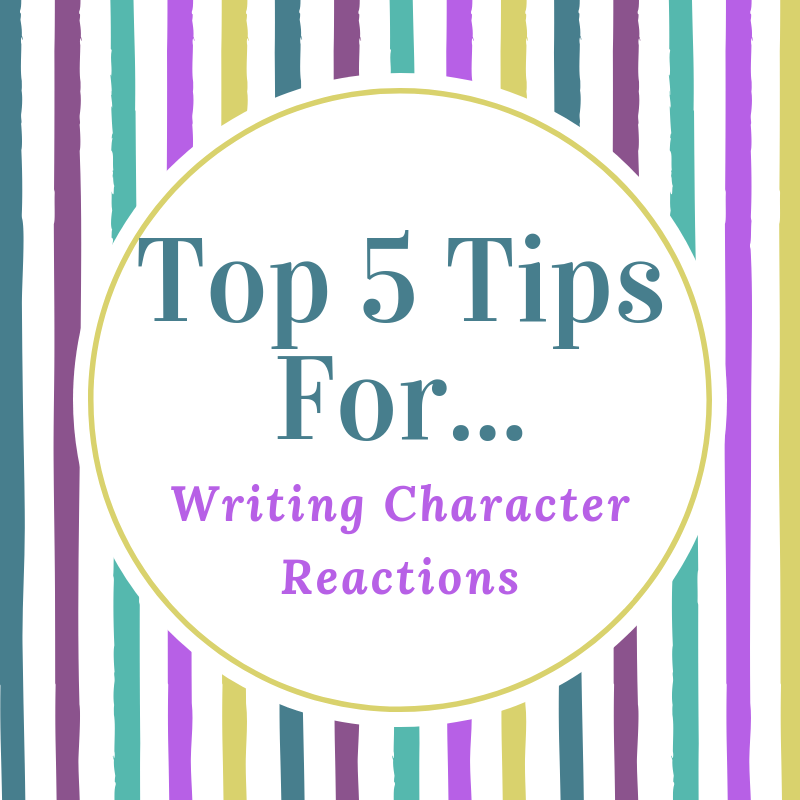This month’s top five tips are for those of you who, like me, struggle with writing character reactions. I always end up using the same ones that inevitably involve the main character’s tummy doing something! Honestly, when I go back through the first draft my characters sound like they have some sort of medical condition! But I’m getting better and here are some of the reasons why.
1. Know your character
The first thing is to actually know your character. What makes them different to the other characters in your story? What physical ticks do they have? Do they have a twitch, for example?
Once you know your character inside and out, you’ll know how they react to things. If they have long hair they might be constantly sweeping it back, if they have stubble they might stroke it when they’re thinking. Once you can picture these things, you can write them in to your work.
The other thing to remember is that, actions can be repeated. You don’t have to come up with a new reaction every time. Sometimes having the same character doing something over and over again, becomes part of their personality. You might just need to up your vocabulary to describe it differently so the reader doesn’t get bored.
2. Know your story and how it affects them
Character reactions show how the story is affecting them. As the tension and stakes rise, as you make life more and more difficult for them, their reactions should change to show this. As the character has an emotional journey, their reactions should how they feel about this. In order to know how your character is going to react you have to think about the overall story too. For example, how they might be carefree in the beginning and end up stressed and worn out. Thinking about this will help you figure out how they’ll react in a given situation.
3. Escalate and de-escalate
Once you know your character and your story you can then plan out the characters reactions more fully. You don’t want your MC being livid when they should only be mildly annoyed, or vice versa. As the tension escalates, the characters reactions should too.
4. Read up on physiognomy
A thing I’ve found quite useful is actually reading about the physical reactions within the body. It’s a little bit boring, but it can help to give a greater understanding of what happens when someone reacts to something and then it’s your job to find a nice way of putting it!
5. Binge watch Netflix!
Okay, this isn’t just an excuse to sit on the sofa and watch your favourite series. Well, it kind of is, but hear me out. When you’re watching something, think about the reactions you’re seeing and how you’d write them if it was your character. How would you describe that arch of the eyebrow, or a particular facial expression? Trust me, I’m honestly working when I do this! Really!!
So there you go! My top five tips for writing character reactions. I hope you find them helpful, and please share any of your favourite tips in the comments below.
